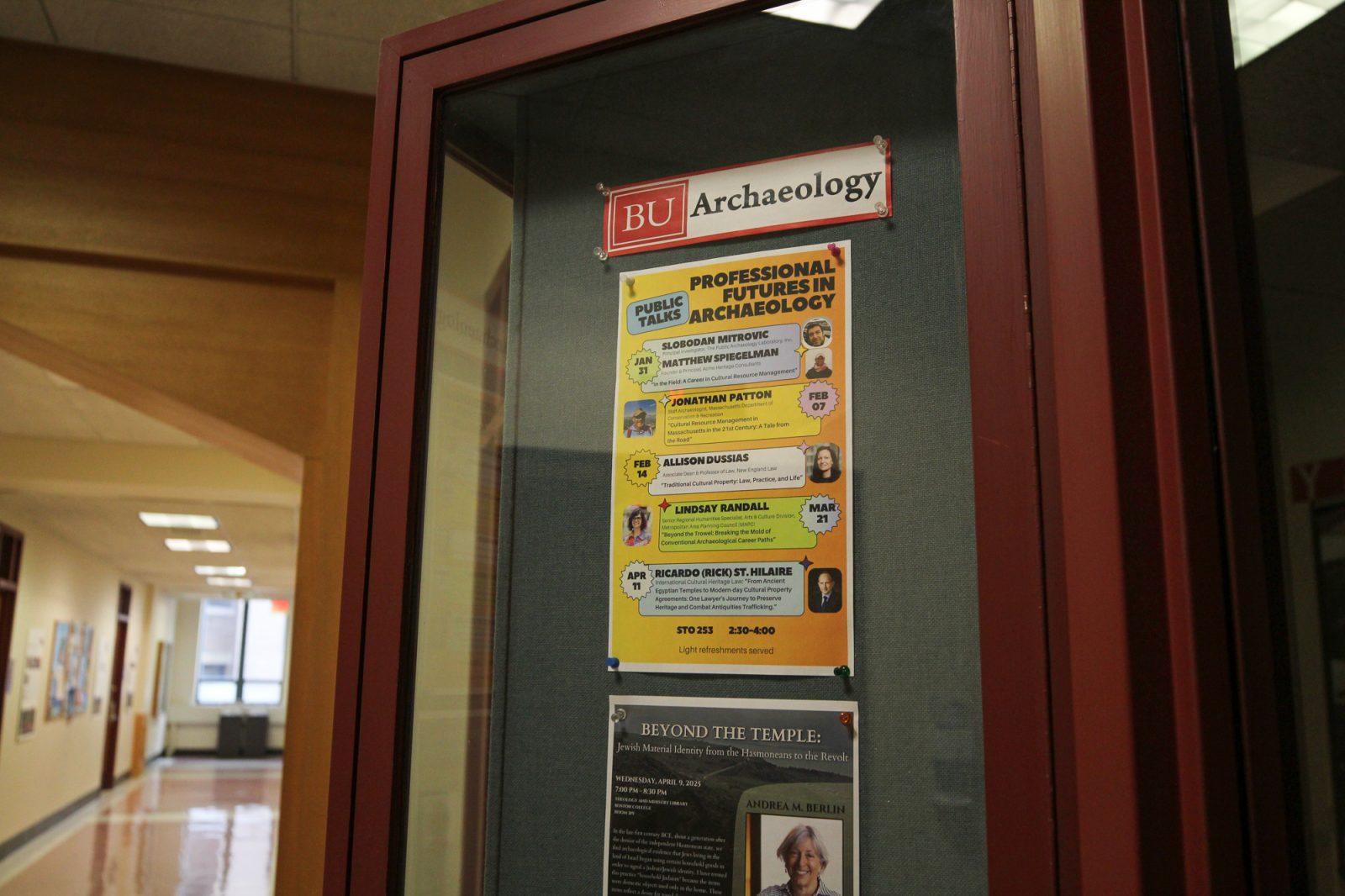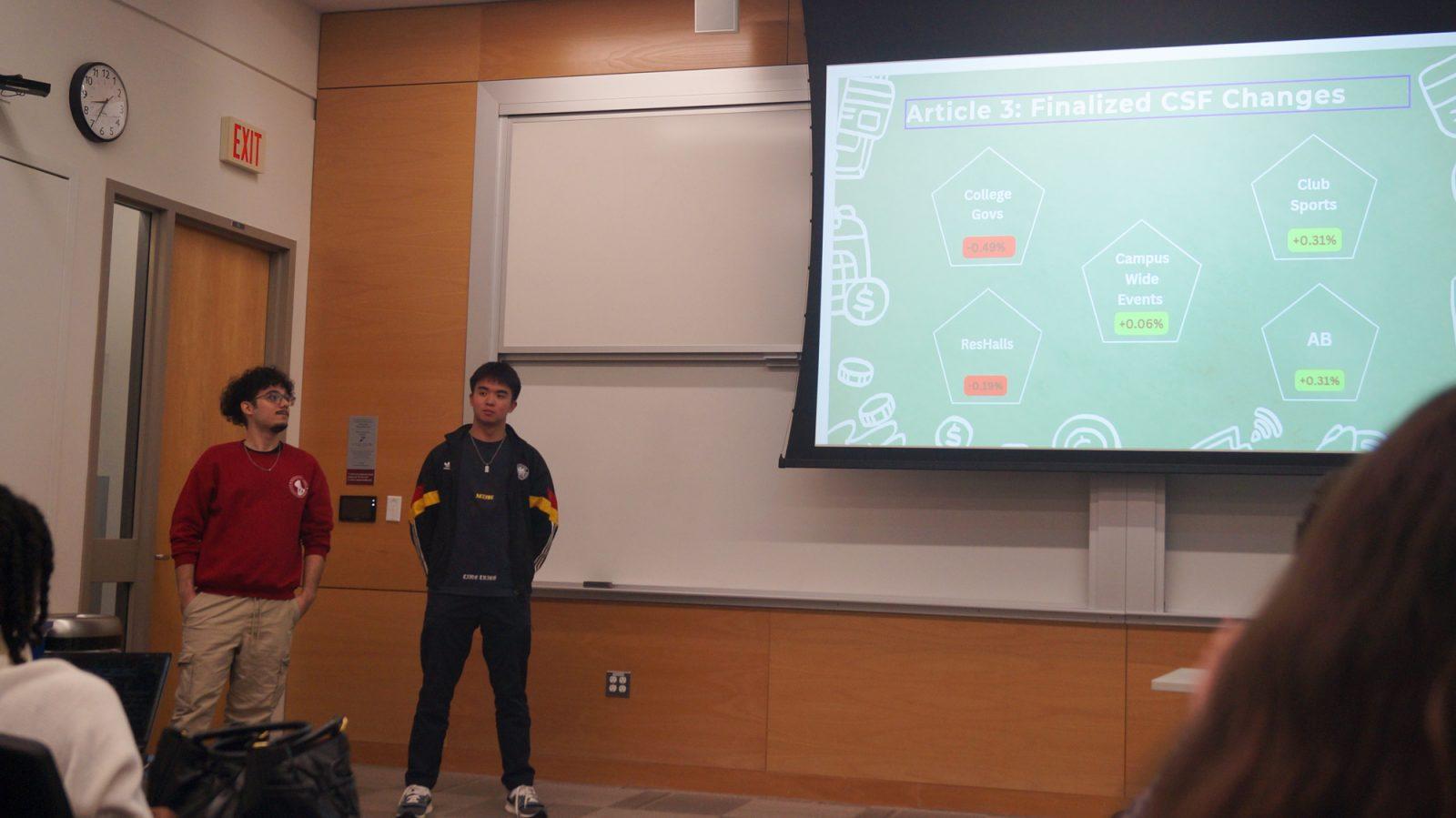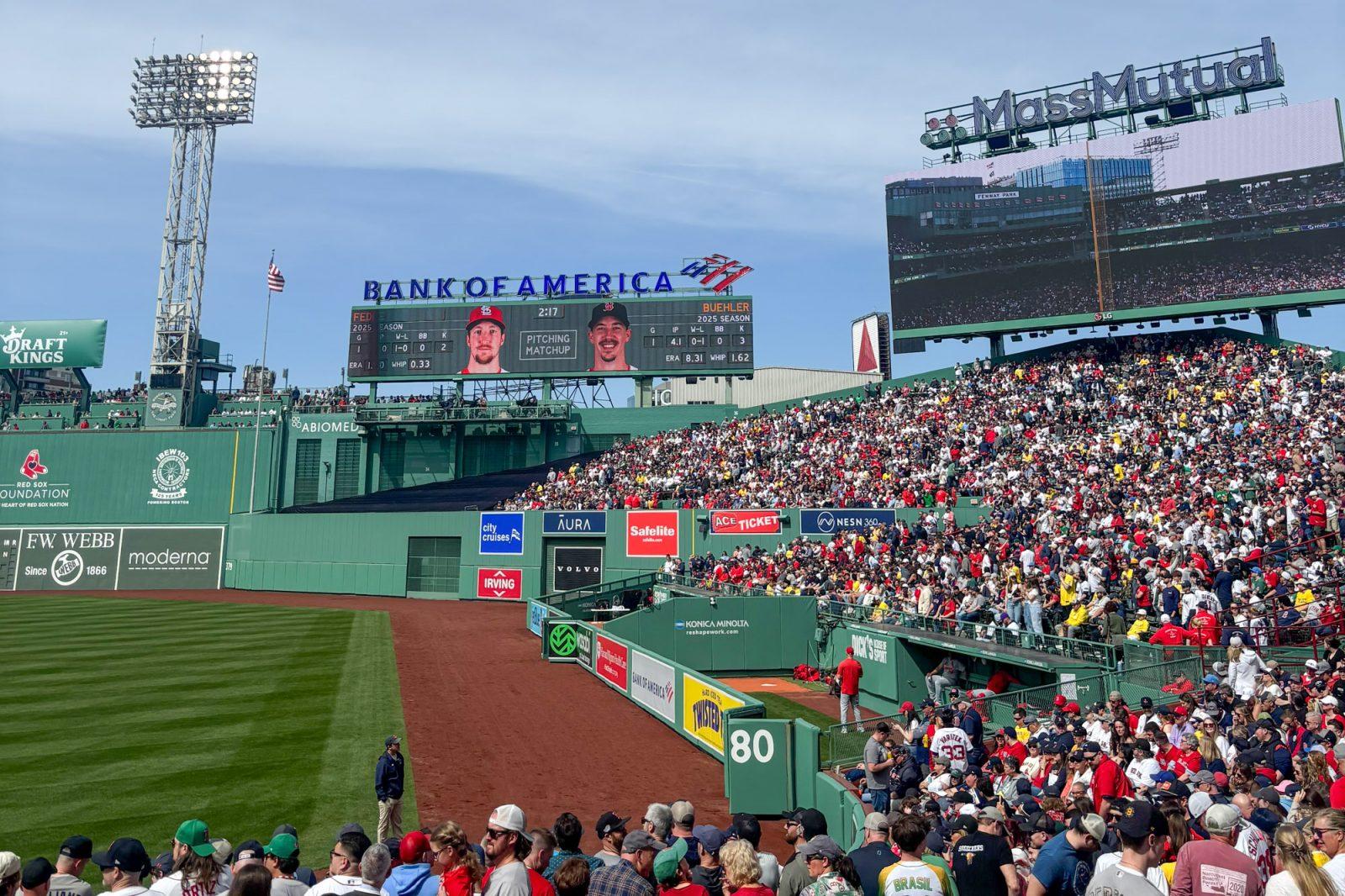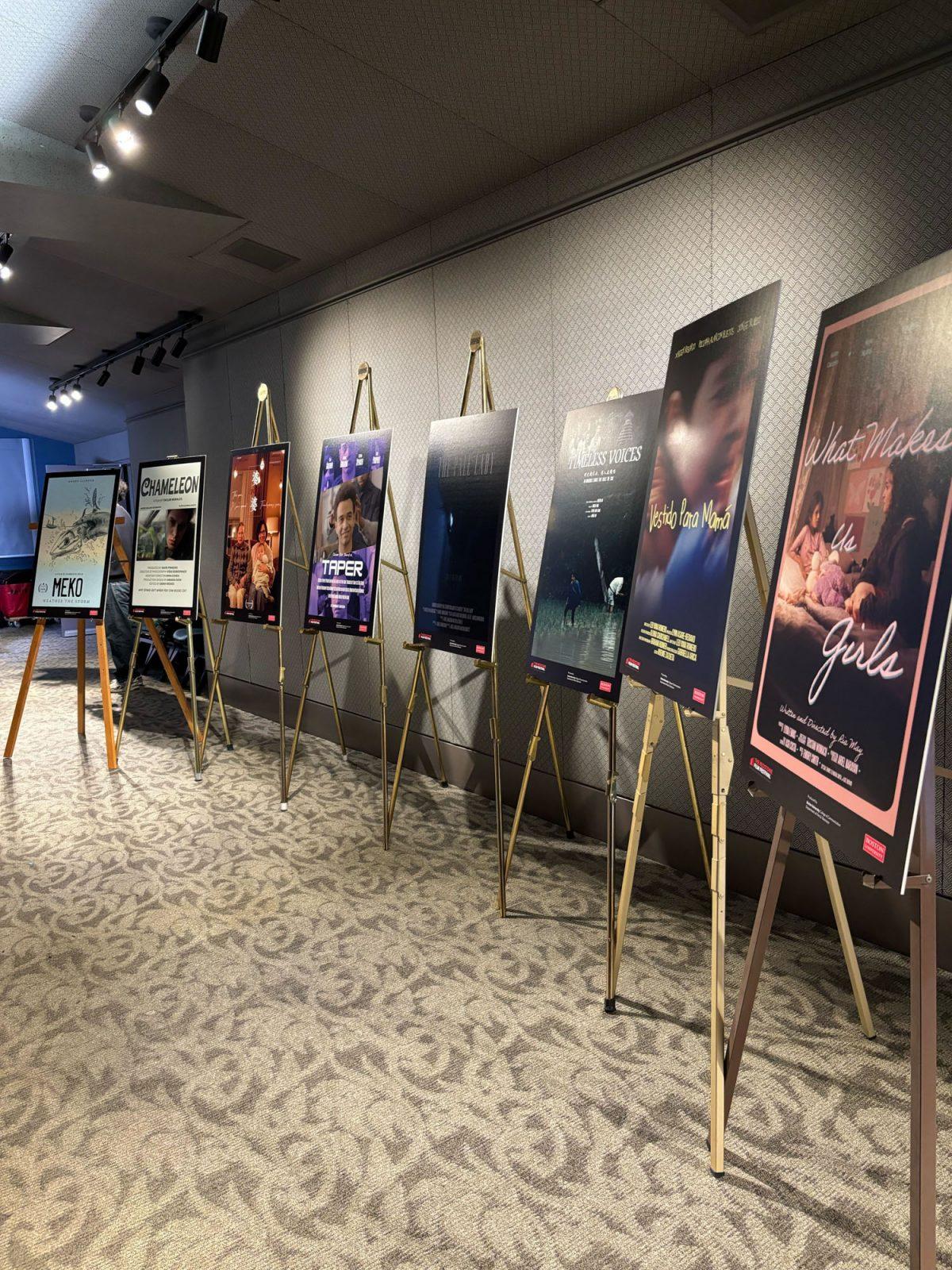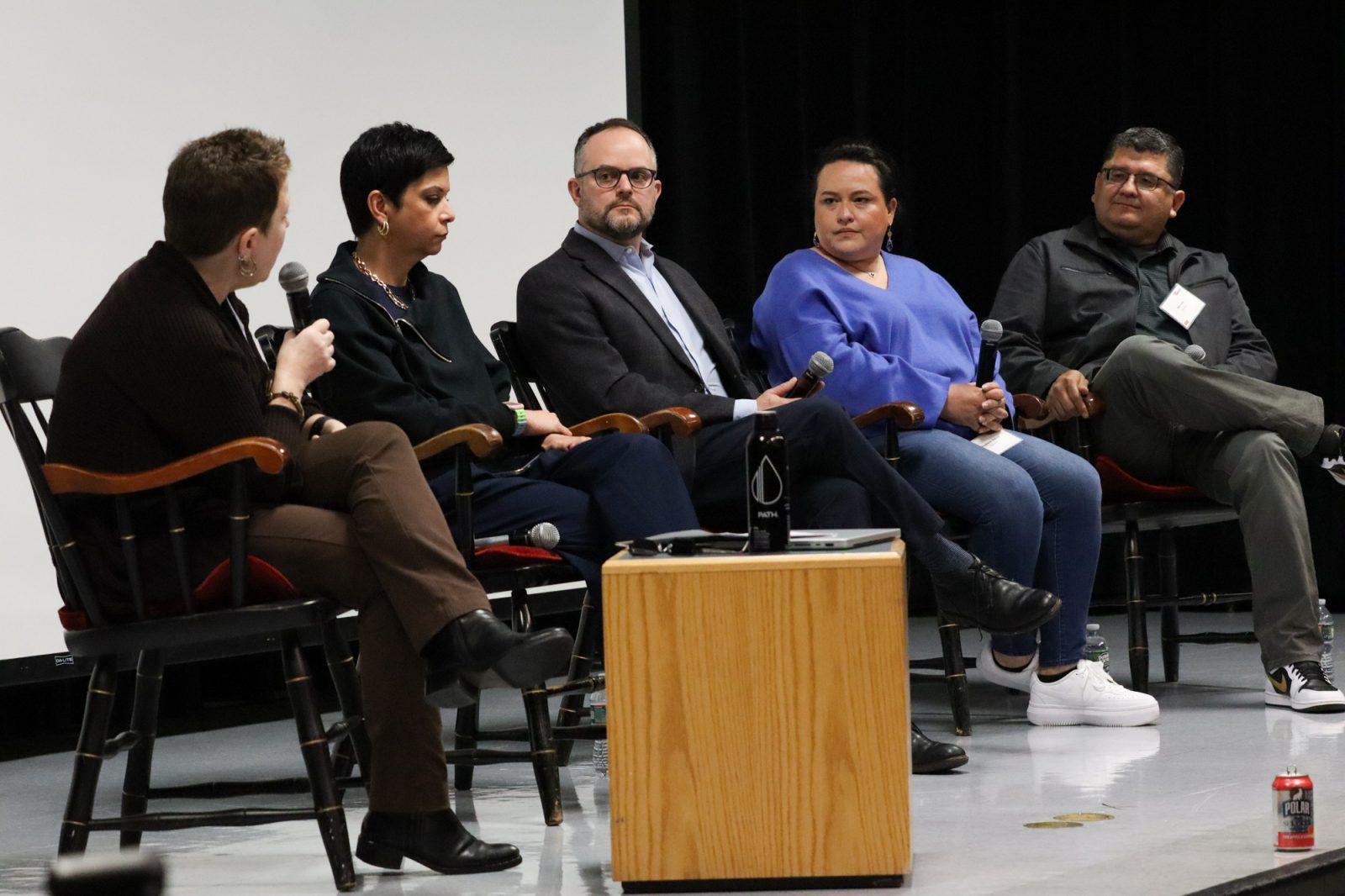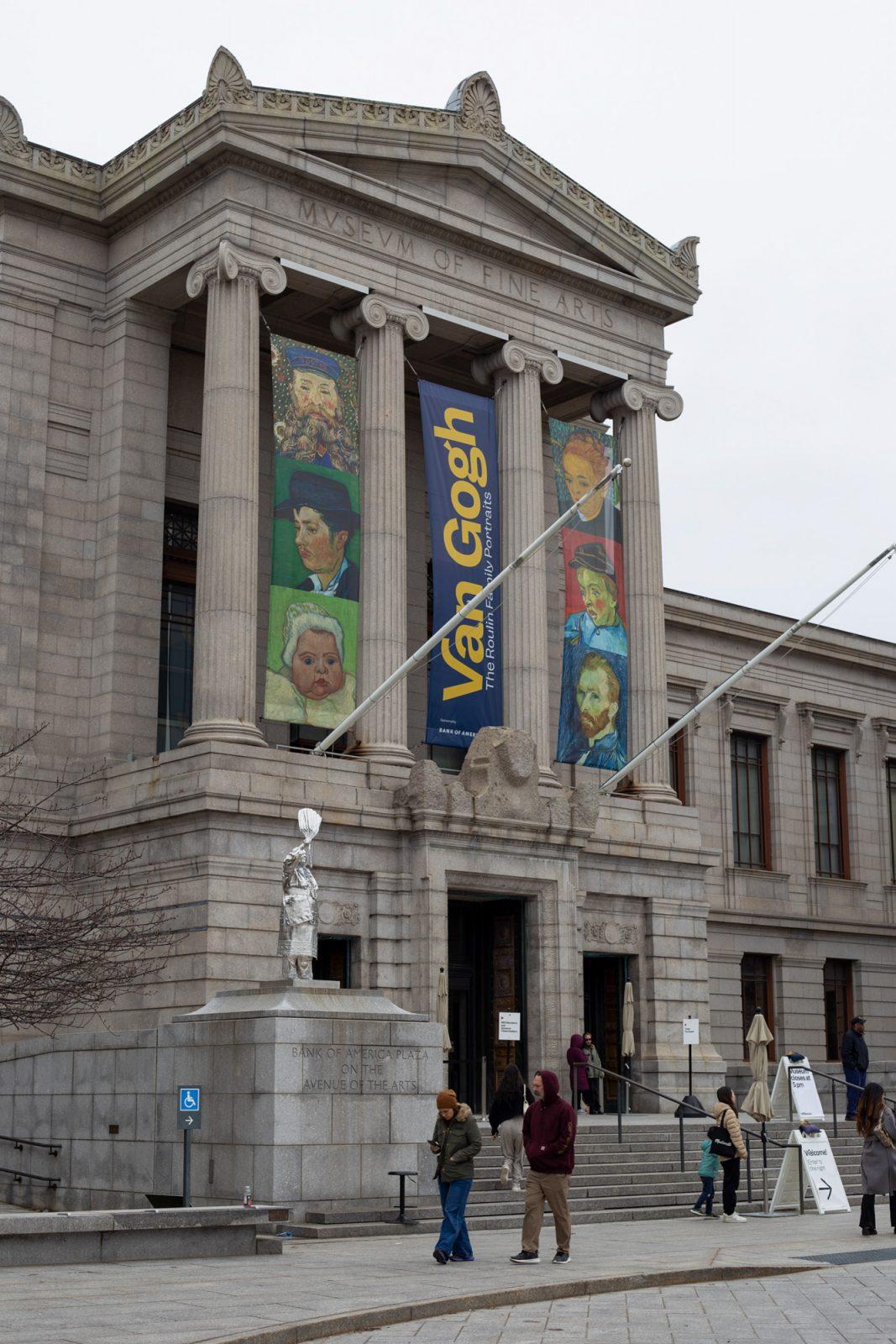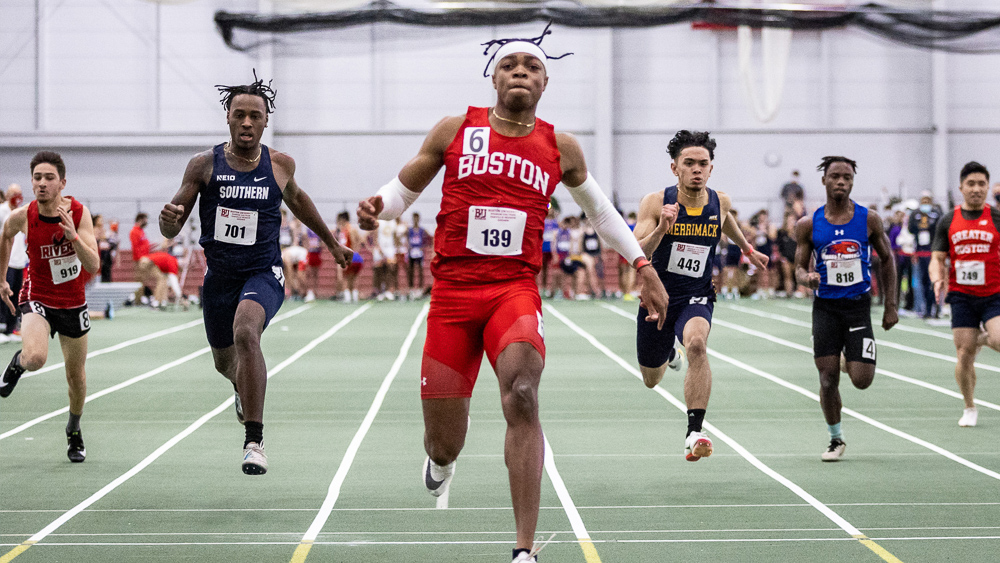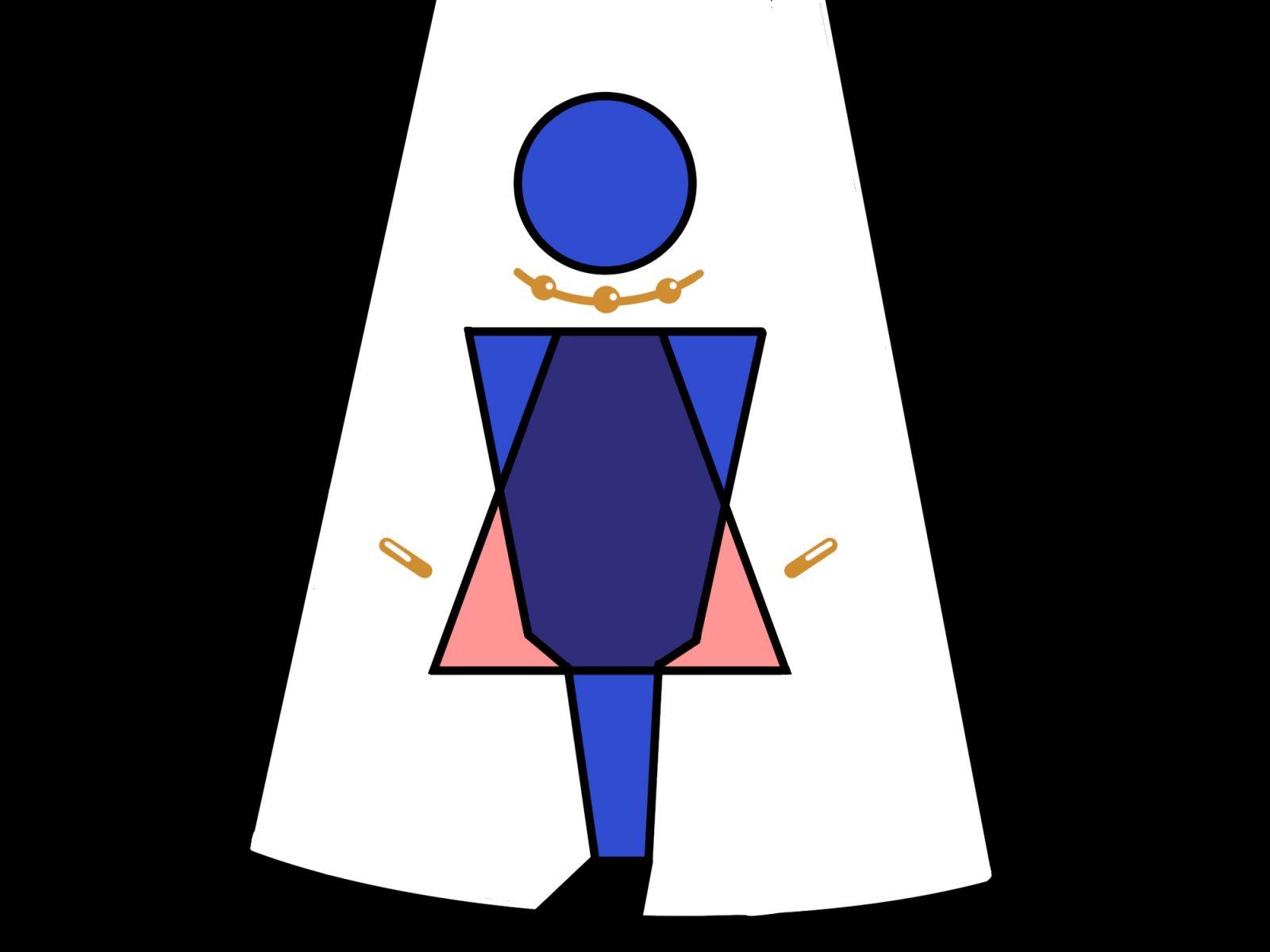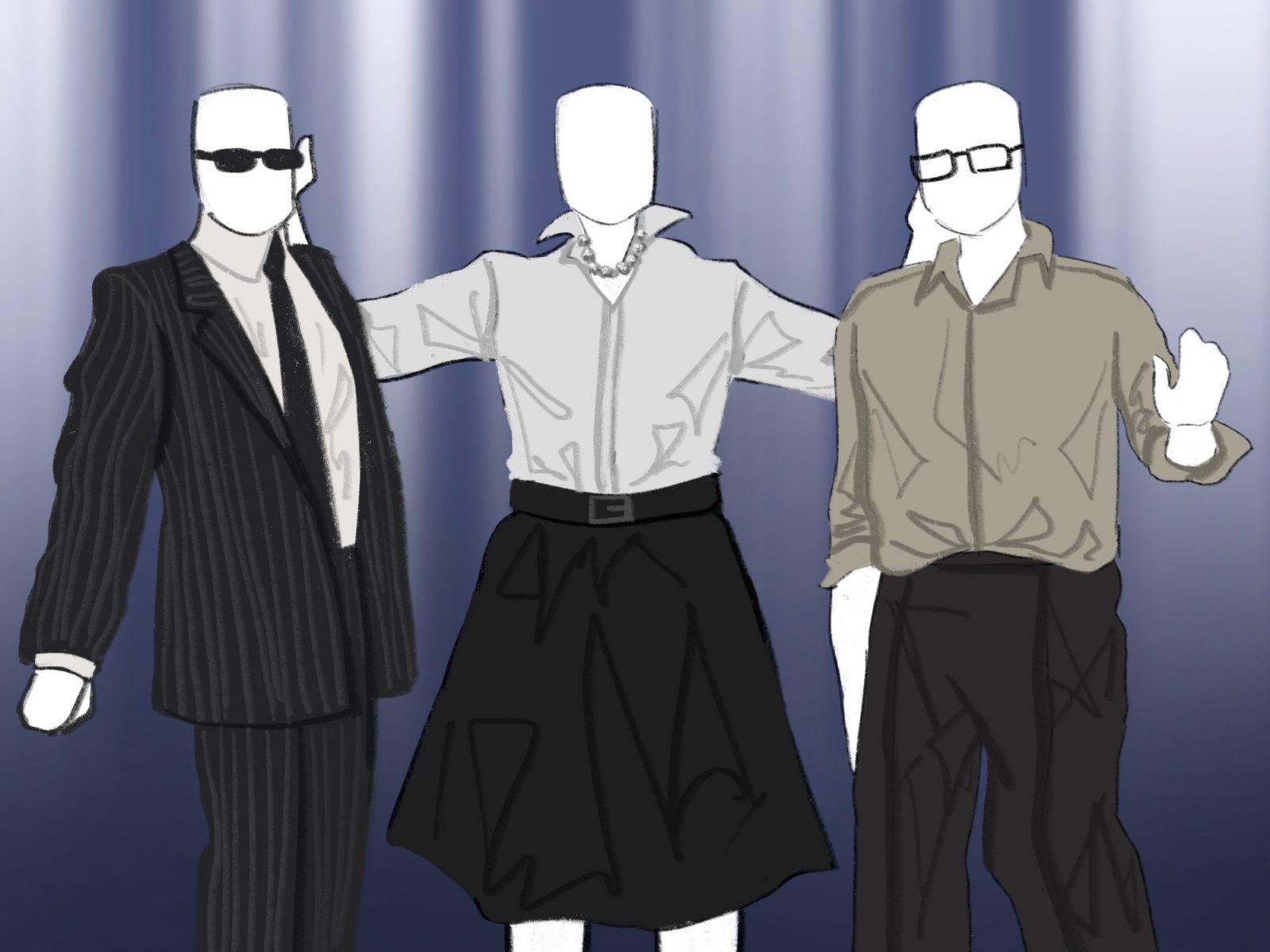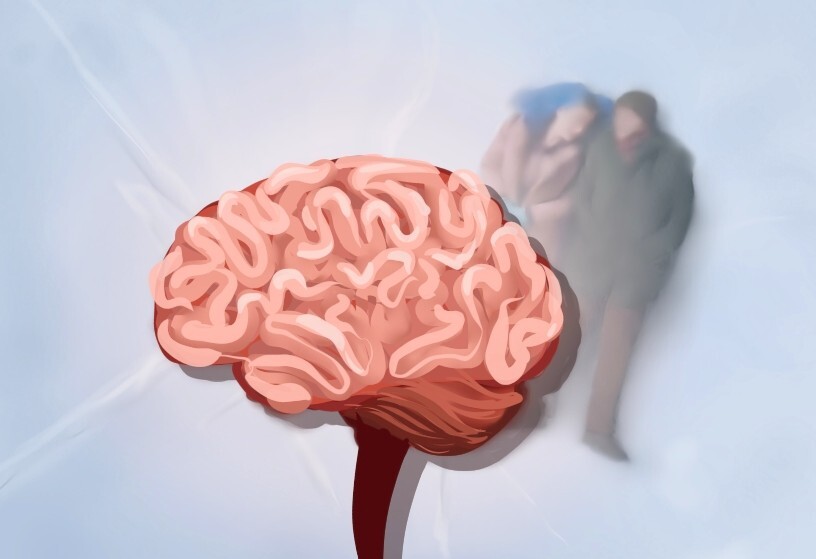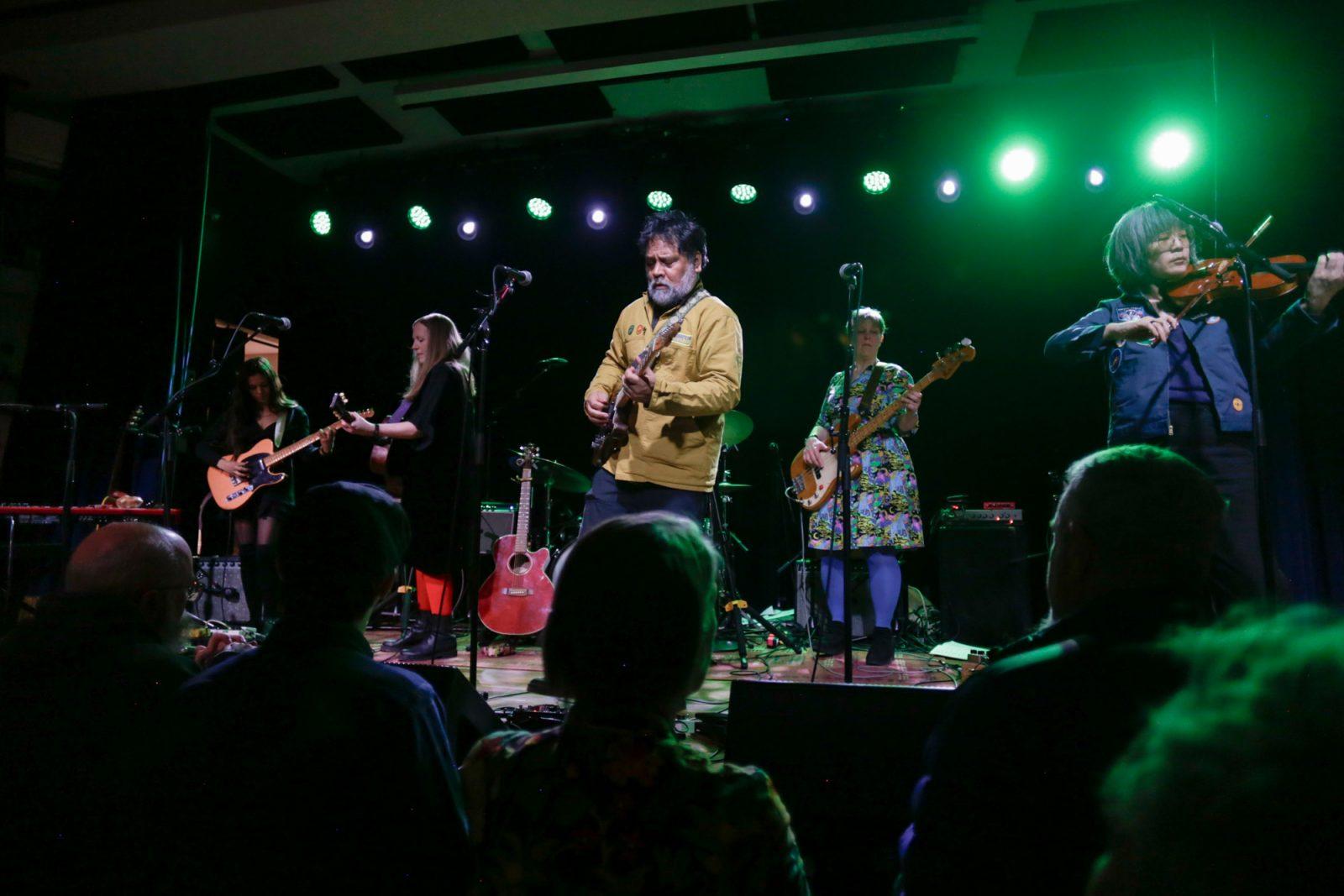The Hollywood sequel is never expected to be better than the first. In fact, Hollywood history reveals that sequels normally don’t succeed. If and when they do, it is probably due to the director continiuty. Therefore, “Blade II” didn’t exactly demand expectations because it was felt that with a new director at the helm, the “Blade” franchise seemed to be looming into utter darkness.
The first “Blade” film, directed by Stephen Norrington, was a critical and commercial success, pleasing not only movie fans but comic book aficionados as well. Translation of a popular fictional icon has not been one of Hollywood’s strengths, especially considering the fact that diehard comic fans had to watch Joel Schumacher thrust the “Batman” franchise into a fiery blaze. “Blade” producers must have learned a lesson”Batman and Robin” because the producers, who include Stan Lee, did not jeopardize the integrity of the comic, keeping in gritty and dark sequences of bloodbath after bloodbath. Seeing Wesley Snipes, who happens to look exactly like the comic hero, was reminiscent of watching Jack Nicholson dance across the screen as the Joker — a perfect cast. Snipes’ stoic performance and exceptionally cool bad-ass appearance is what makes Blade who he is — a vampire hunter who was conceived when his mother was bit during labor. He, as the vampires call him, is the “Daywalker,” a part-man, part-vampire freak of nature with “all of their strengths and none of their weaknesses.”
“Blade II” marks the return of Wesley Snipes and picks up exactly where “Blade” left off: Europe. This time around Blade must team up with his mortal enemies to track a new breed of bloodsucker, a breed named the Reapers, who enjoy hunting vampires for food. Blade agrees to a truce with the vampires and ends up leading a group of elite trained vampires called the Bloodpack, whose original mission was to hunt Blade. Some notables amongst the Bloodpack are Ron Perlman (“City of Lost Children”) and Hong Kong action superstar Donnie Yen, who happens to be a Boston native.
As mentioned earlier, “Blade II” was no longer in the hands of Stephen Norrington as the torch was passed onto another capable director by the name of Guillermo Del Toro. He’s obviously not your household name U.S. director, but Del Toro is definitely not a pushover. In 1992 he won a critic’s award at Cannes for his direction in the Mexican horror film “Cronos.” Del Toro’s resume includes numerous screenwriting credits, a US directorial debut (“Mimic”) and his own special effects and makeup company named Necropolis. From the way his career has progressed, it’s fairly obvious Del Toro has a passion and a knack for horror.
Del Toro clearly knew what he wanted to do with this project when he decided that he would not compromise his artistic perspective. In short, the movie is not for the squeamish. The action sequences, special effects (even though the CGI for one part was a little cheesy) and the gore were exponentially better than the first. The best part of the direction, however, would be the considerable improvement in the development of the story. In the first “Blade,” I felt too much time was wasted on developing “Blade” as a character and describing how his lifestyle came about. The original film is used to the full advantage of the sequel — “Blade II” does not settle down with moody character analysis because the original had already done so. The sequel starts where the first left off and doesn’t look back. Wesley Snipes describes his character as having “grown comfortable with who he is.”
Kudos should be given to “Blade II” for its ability to have the plot unfold seamlessly with the action, thus leaving the bulk of it packed with well-choreographed fights and exciting effects. “Blade II” is the type of sequel that should be expected from “Star Wars: Episode 2,” especially if you consider that the purpose of “Star Wars: Episode 1” was essentially to be a setup movie (not that the first “Blade” was, because it stands well as a movie on its own). The strength of every great sequel lies on the question of whether it can or cannot stand on its own two feet. The answer with “Blade II” is very much “yes.”
One of the best things the producers did with “Blade II” is bring back Blade’s mentor and friend, Whistler, played by the rugged Kris Krsitofferson. His supporting performance plays off well with Wesley Snipes’ stoicism. The duo (quite possibly the most interesting comic combination of master, father, leader and student) is not only tolerable, but endearing and respectable. For those of you who were fans of Kris Kristofferson in “Blade,” you will not be disappointed by his repeat performance because this time around the directors have given him a much more significant role. As shown in the end of part one, Blade has gone in search off vampires in Russia. The student-teacher reunion will explain the reason for Blade’s bumrush throughout Europe.
In short time, “Blade” will establish itself as one of the most prominent comic book-to-movie franchises. Since “Batman” has yet to pick up his wings (which is soon because Darren Aronofsky is set to start production of “Batman: Year One”), “Blade” really has no competition in the near future. The one-two punch of the original and its sequel is really a formidable pair of great movies that are comparable to “Batman” and “Batman Returns.” It has been that long since there have been a competent set of back-to-back franchise films (James Bond not included). “Blade II” is great film because it does not have an identity crisis (as 99.9% of Hollywood junk does); it knows exactly what type of film it is — a wonderful execution of comic fantasy, suspense and undeniable cool.
“Blade II” will make a killing at the box offices because it offers bang for the buck in this bleak blockbuster-less Spring. This is probably the first non-flop action (“Lord of the Rings” excluded because it’s more than just action) movie that’s been on the silver screen in well over a year. A-

